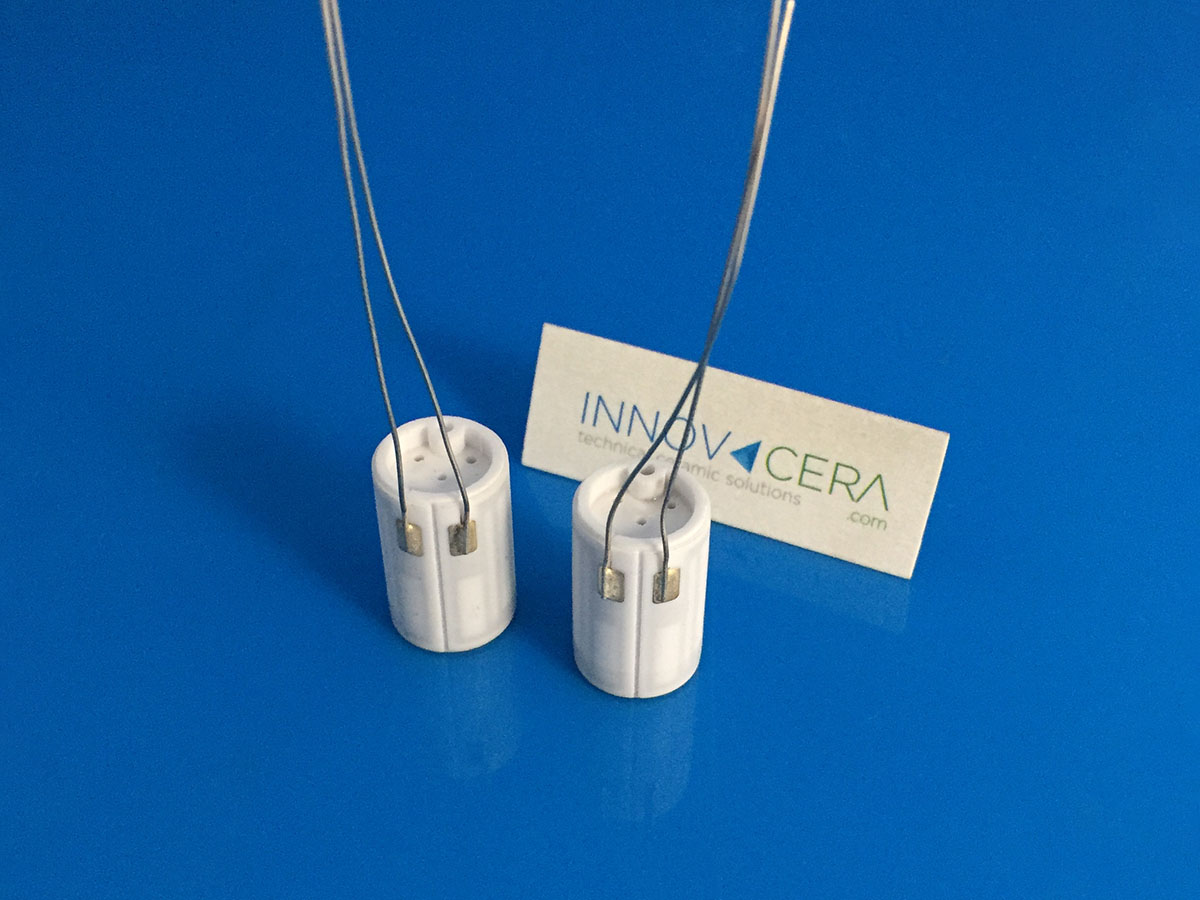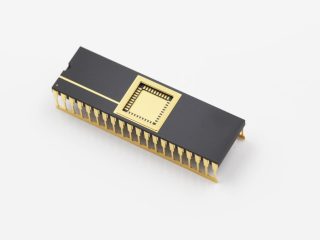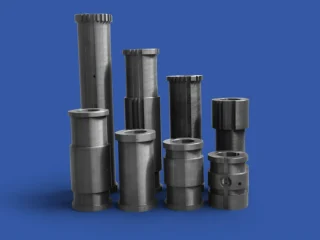
In September 2021, the 3D manufacturing accessories manufacturer E3D Online and the new phase successively released the 3D hot end in the current season, and the application of the Tusi semiconductor printing tube has been completed instead of the traditional single-head heat pipe. The hot new releases originate from the end of November 2021 and the month of December 2012.
The hot end is the first heating element of the hot end of the heating tube made of ceramic material, and the heating end is redesigned according to the unique characteristics of the ceramic heating tube. A new type of design hot end can provide 3D design convenience.
The two new hot ends are briefly described below.
E3D’s new hot end: Revo
Revo integrates a heating tube and thermistor. This design effectively solves the problem that the traditional hot end cannot accurately control the temperature.
- Can quickly replace the nozzle, and can resume printing in the shortest time. Nozzle and throat are integrated with one unit, so there is no possibility of material leakage.
- Weight reduction, the Revo™ Micro is half the weight of the E3D V6. Also in volume, it is smaller than the V6. Therefore, the space occupied by the print head is reduced, thereby improving the printing accuracy and speed.
- The heating element is smaller and quicker than traditional heating blocks and has a positive temperature coefficient (PTC) that reduces power as heat increases, preventing overheating and fire problems.
Phaetus’ new hot end: Rapido
- Larger heating area, which can meet the high temperature printing and faster printing speed.
- Cylinder type ceramic heater for more uniform heating
- Interchangeable design of different types of nozzles to meet the needs of high temperature and fiber silk printing.
What is the difference between ceramic heating and traditional heating?
Traditional Hot End: Includes a nozzle screwed into an aluminum heating block, which in turn is heated by an inserted cylindrical single-ended heating tube. The module also houses a removable thermistor for temperature measurement. Finally, a separate throat thermally isolates the hot end from the wire feed path, preventing it from melting on its way to the hot end. This heating method is very inefficient and has many problems:
- The traditional hot end is bulky and heavy, which affects the printing accuracy and speed. If it is a direct extrusion system, it will also increase the frequency of motor vibration, further reducing the accuracy and speed.
- There is an air gap between the heater block and the thermistor and the heating tube, so effective heat transfer and accurate temperature control cannot be performed. This leads to the problem of printing at different speeds and extrusion volumes without being able to quickly change the nozzle temperature to accommodate the changing filament feed speed. This is something that all consumer-grade printers have not addressed so far
Ceramic heating end: According to the current design, the inner aluminum tube is heated, thereby heating the wire passing through the aluminum tube. The hot end of this design solves several problems compared to the traditional hot end:
- The application of ceramic heating makes the Revo hot end half lighter in weight and smaller than the V6 model. That is to say, the replacement of the traditional heating tube with ceramic heating can make the hot end design lighter and more compact than the traditional one, thereby improving the printing accuracy and speed.
- Ceramic heating has the property of a positive temperature coefficient (PTC), specifically, reducing power as the temperature increases, thereby reducing the associated risk of temperature runaway when the maximum temperature is reached. At the same time, since ceramic heating can be integrated with the thermistor, the purpose of precise temperature control can be achieved.
Finally, the ceramic heating core has a more uniform heating performance and thermal efficiency. To achieve the same heating performance as traditional heating tubes, ceramic heating cores may only require lower power.
The iteration from single head tube to ceramic heating reflects the charm of technological innovation. Ceramic heating can indeed bring many benefits to 3D printing, at least from the research and development efforts of E3D and Phaetus. Technological innovation is generally led by the industry leader, and then the follow-up followers make the market bigger. Therefore, I personally think that after the launch of these two new hot ends, if the market responds well, there will be more and more 3D printers using ceramic heating elements in the future.
INNOVACERA supplies custom Ceramic heating elements for 3D Printer Extruder Hot Ends.
Contact us today with your requirements and our sales engineers will work with you to provide the correct product to meet your application.




 Enquiry
Enquiry